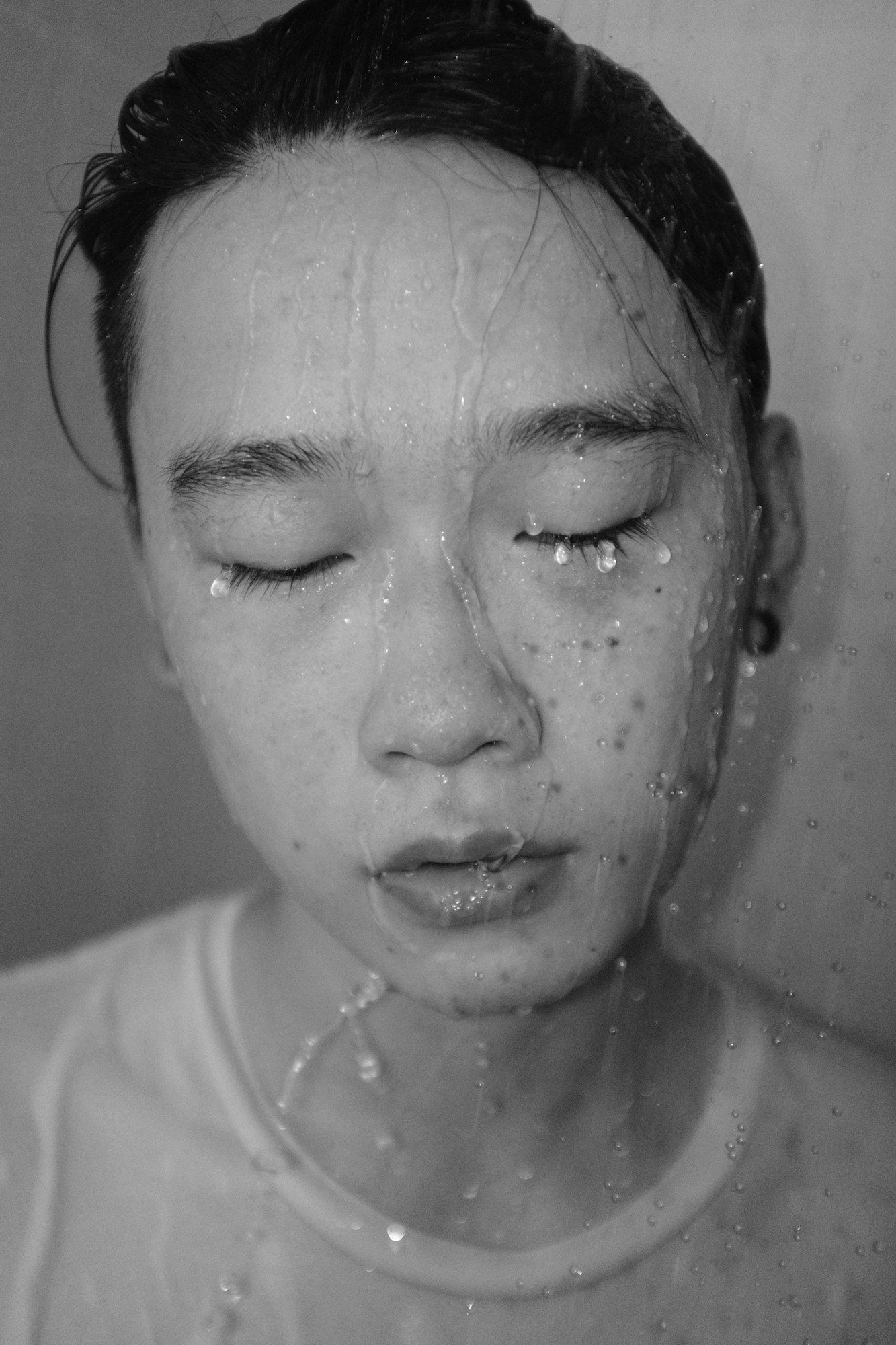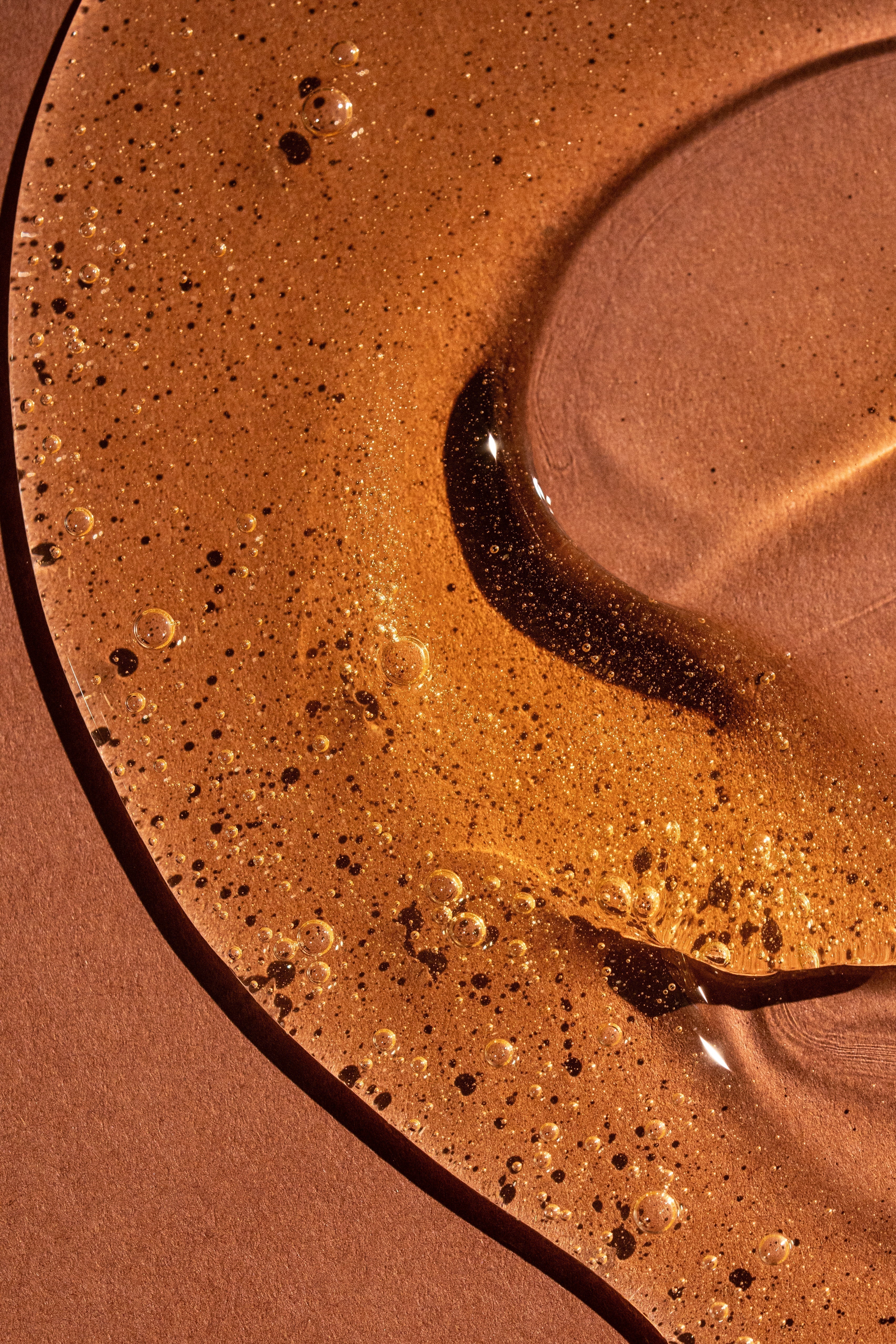the science of sexual arousal.

How intimacy can be a precise art form.
Sometimes lust and arousal are thought of as these spontaneous drives that hit us out of nowhere and can’t be controlled—just like those passionate Hollywood movie-style makeout scenes. But in regards to our internal responsive desire, there are biological and physical things that work internally to get us in the mood for sex. When the first arousal studies were done in the 1960s, our own responsive desires and human sexual responses were hypothesized to be a linear journey—one with a clear beginning, middle, and finish line. These studies claimed that all sexual acts followed a set pattern. First came the desire for sex, then stimulation and arousal before a short plateau, and finally orgasm followed by rest.
But a new wave of studies have shown that this early model doesn’t exactly match the pattern of most people’s sexual experiences. Instead, researchers now believe that sex is more cyclical without one specific beginning or end. For example, sometimes desire comes in response to something else such as a soft touch or an erotic conversation. If the sex is really great, that in itself can become enough motivation to spark more sexual acts later on. Additionally, these studies have shown that our sexual cycle doesn’t always have to end in mutual orgasm. It instead ends in mutual satisfaction for each individual as defined by their own terms, whether that means five orgasms or none. Within this cycle, there are several stages involved such as sexual arousal, sexual desire, sexual stimuli, emotional and physical satisfaction, emotional intimacy, and sexual neutrality.
Our unique sexual cycles never come as a packaged, linear or programmed action, but there are some things that statistically work to get us in the mood for sex:
Honeymoon phase: Research tells us that after the honeymoon period of a relationship, it’s easy to lose some of the desire. Even when that’s the case, once we’re in the act, things often can progress with ease. But keeping that longing sensation alive, especially after the novelty of a new relationship has diminished, can be difficult to maintain. While it’s extremely normal, this kind of responsive desire can become incredibly influential to our physical and psychological actions because these things depend on one another. We have to recognize that cultivating and keeping desire alive takes work and dedication.
The art of initiating: Statistically speaking, people in long-term relationships desire the act of slowly initiating sex with their partner(s). If we’ve had a stressful day, or the last few hours at work were extremely chaotic, it can take some time to get us in the mood for sex. Sometimes, we can’t feel the sensation of physical or sensual desire until there’s been some pleasant erotic talking, cuddling, touching, foreplay and fantasizing. All of these things can put us in the right mindset and get our internal engines revving.
Lust & Desire: There are so many reasons and motivations behind having sex other than simple lust. It comes down to factors such as emotional bonding, the desire to feel wanted, recalling how it felt last time, and so much more. Within the cyclical sexual model, something like touching or various acts of foreplay can certainly create longing. So the desire for sex can definitely arise in the middle of the act, which keeps us going time and time again.
Emotional intimacy: Studies also show that many people who are not in long-term relationships have sex because of the longing for intimacy instead of lust. We’re often taught that the physical drive for sex is the strongest motivator, but research shows that this isn’t the whole story. The male libido especially is often thought of as this innate, animalistic drive that’s self-motivated and always ready to be aroused. But truthfully, arousal studies show that a greater percentage of both men and women are looking for emotional intimacy within their sexual pursuits.
Spontaneous acts: Desire and longing are often over-represented throughout our cultural norms such as romantic movies when actors engage in “spontaneous” sex. Most of us can recall what it feels like to have lustful feelings for someone almost out of nowhere, but the reality is that it sometimes happens so quickly that we’re not able to figure out the actual motivations.
Triggers: Something as simple as a flashing memory of a sexual experience that was highly enjoyable can trigger our sexual desire. Even if it just lasts for a few seconds and is responding to one of our barely-conscious memories or fleeting fantasies, this recall can spark arousal. Sometimes these memories of lustful feelings can come to us seemingly unannounced, even from a memory that occurred years ago. Though sometimes it seems to slow down or disappear, that sense of desire is still present and living inside of us.



